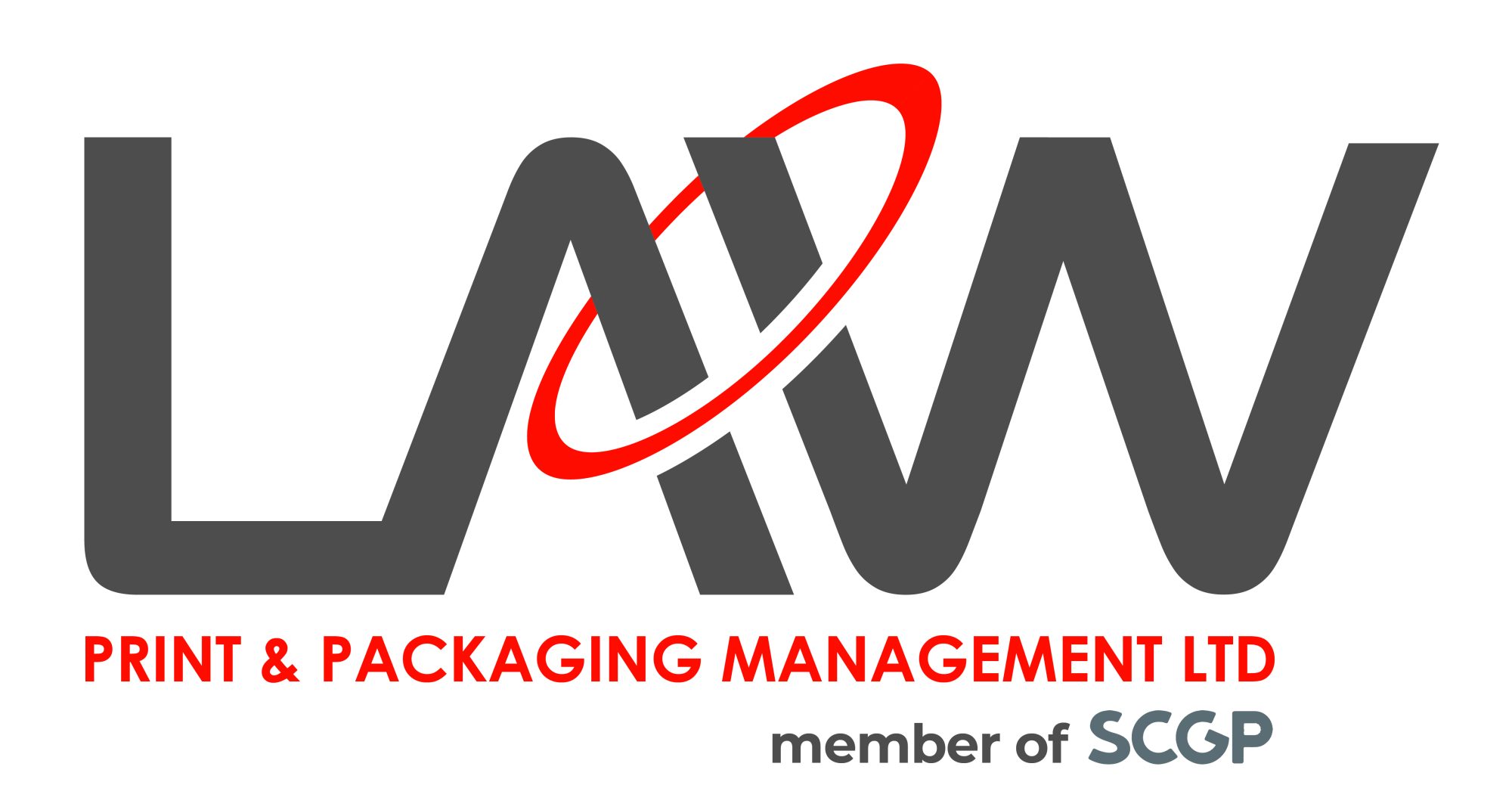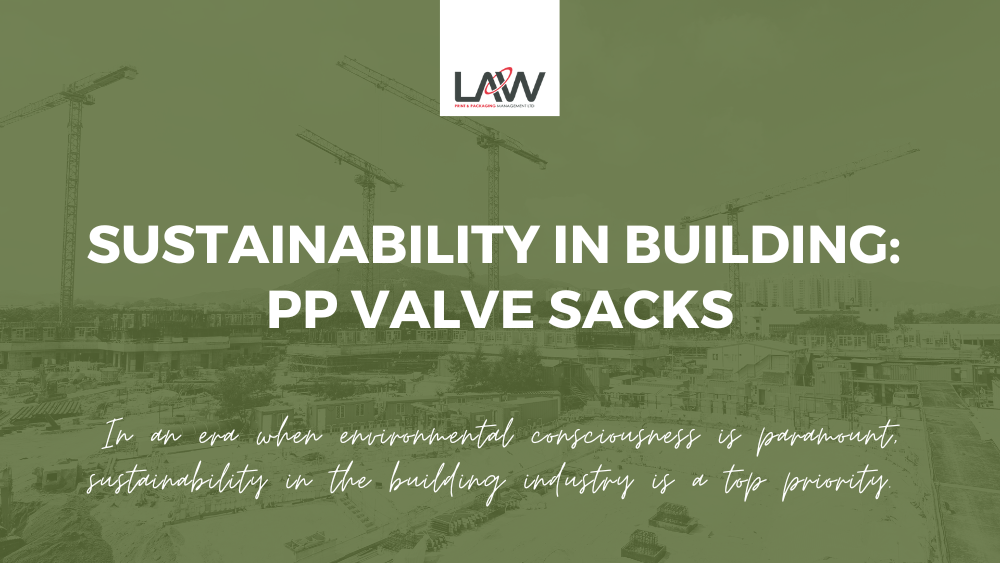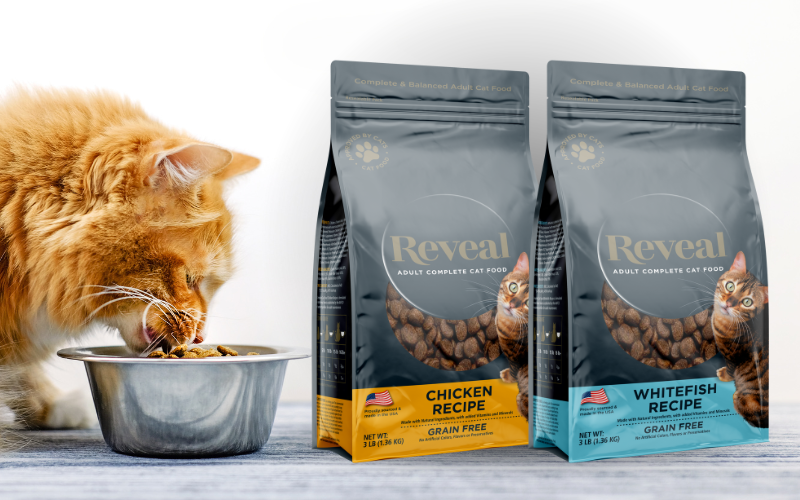In an era when environmental consciousness is paramount, sustainability in the building industry is a top priority. Every aspect of construction, from materials to methods, is being scrutinised for its environmental impact.
One often overlooked but essential component of the construction industry is packaging. Polypropylene (PP) valve sacks have emerged as a sustainable alternative to traditional packaging materials, offering eco-friendly aspects that align with the building industry’s green objectives.
This article explores the environmental benefits of PP valve sacks and their role in sustainable construction.
The Rise of Sustainable Packaging
Sustainability in construction is no longer a niche concern; it’s a global imperative. Sustainable construction practices encompass everything from energy-efficient designs to sustainable materials. In this context, packaging may seem insignificant, but it plays a pivotal role in reducing waste and minimizing the environmental footprint of construction projects.
Traditional packaging materials, such as paper bags or plastic films, have several drawbacks. They are often single-use, generate substantial waste, and contribute to pollution. In contrast, PP valve sacks are designed with sustainability in mind.
PP Valve Sacks: Sustainable Features
Recyclable Material: PP valve sacks are typically made from polypropylene, a thermoplastic polymer that is 100% recyclable. This means that after they’ve served their primary purpose, they can be collected and processed into new sacks or other plastic products, reducing the demand for virgin materials.
Durability: PP valve sacks are known for their strength and durability. Their robust construction ensures that they can withstand the rigours of transportation and storage without tearing or breaking, reducing the need for additional packaging.
Minimal Waste: Traditional packaging often leads to waste through tears, breakage, or spillage. PP valve sacks, with their excellent strength and sealing properties, minimise waste by securely containing the materials within, preventing loss and contamination.
Reduced Carbon Footprint: PP valve sacks are lightweight, which translates to lower transportation costs and reduced carbon emissions. Their efficient design means more sacks can be transported in a single trip, cutting down on fuel consumption and pollution.
Customisable: PP valve sacks can be customized to fit the specific needs of construction materials. This ensures that the right amount of material is packed in each sack, reducing excess packaging and waste.
Weather-Resistant: PP valve sacks are resistant to moisture and environmental factors, protecting the contents from damage and spoilage. This, in turn, reduces the need for replacing damaged materials, which is not only costly but also wasteful.
Reusable Options: Some PP valve sacks are designed for multiple uses, further extending their lifespan and reducing the need for new packaging materials.
Conclusion
Sustainability in building extends far beyond the choice of construction materials; it encompasses every facet of the construction process, including packaging.
PP valve sacks have emerged as a sustainable solution in this context, offering eco-friendly features that align with the green objectives of the construction industry.
Their recyclability, durability, minimal waste generation, reduced carbon footprint, and customisability make them a valuable addition to sustainable construction practices. By adopting these eco-friendly aspects of PP valve sacks, the construction industry takes a step closer to a more environmentally responsible future.
If your brand is looking to invest in sustainable packaging, we will guide you through the entire print process. Providing recommendations to improve efficiency, reduce costs and add untold value to the end product.
Contact us on +44 (0) 161 440 7302 or follow this link to complete our contact form.


